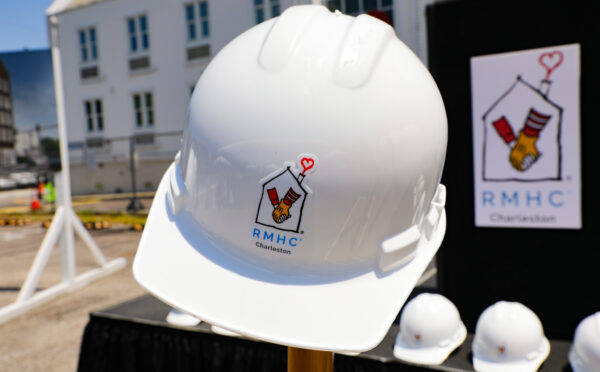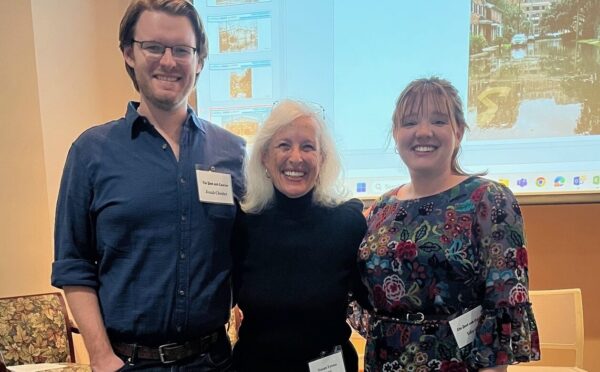Art per se is perhaps the most profitable product on the planet. Designer jeans sell for hundreds of dollars more than jeans at discount retailers, but they don’t cost hundreds of dollars more to make. The material used to paint a watercolor costs next to nothing, but in an artist’s hands those pigments can come to cost a pretty penny. We gladly pay the artist who with a few minutes can take pen to paper, or dance across the stage, and in doing so create something that seems a bargain at any price. So why is the business of Arts organizations so pitiful?
A recent report from The Johns Hopkins Listening Post Project called Impact of the Economic Recession on Nonprofits presented data showing that Arts organizations in the US are generally in trouble. Nearly three-quarters of Theaters and half of Orchestras report “severe” or “very severe” financial stress this year. In Charleston, Arts organizations with large payrolls have cut expenses and laid off long-time Staff as a result of a drop in charitable donations. Sales have remained strong, however, even increasing for particular performances or for the works of particular artists. As a whole the Arts community is suffering but there are shining stars out there that continue to do well.
As Julian Wiles of Charleston Stage keeps reminding me, it is not that we will save money by fostering collaboration between Arts organizations, it is that we will share the additional expenses required to build the killer website, pay the marketing gurus, send the lobbyist to Columbia, and build a community that supports the Arts even when the economy turns down.



